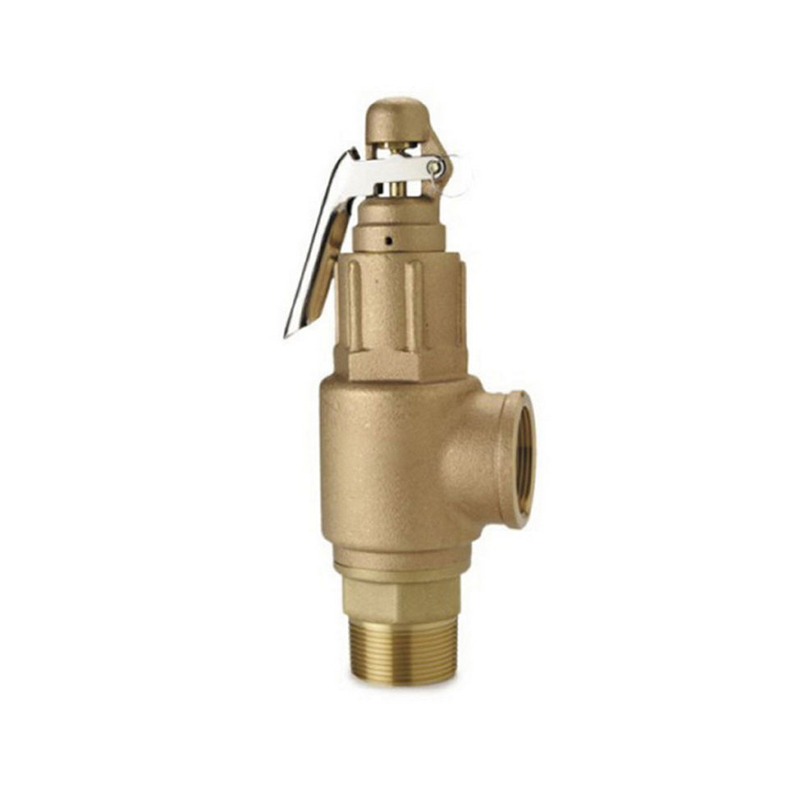The Relief Valve is an auxiliary device that automatically removes gas in the pipeline or keeps the pressure in the system constant. When the medium pressure in equipment or pipelines exceeds the specified value (i.e. working pressure), it is a safety accessory product that prevents damage to equipment and pipelines by discharging gas with a certain pressure into the system. It is usually installed at the highest point of the system to prevent excessive static pressure from being generated; when the equipment fails, the pressure relief can be automatically opened to prevent further expansion of the accident; it can also be used to protect important equipment in the system from damage due to overpressure. Wait for the effect.

In order to keep the
Universal Valve in good condition during operation, it is very important to do a good job in maintenance and repair of the general valve. This work is introduced in detail below.
1. Storage and maintenance of Relief Valve
(1) The Relief Valve should be packed and transported in a box, and should be properly fixed in the box. Severe vibration should be avoided during transportation.
(2) Relief Valve entering storage must be inspected before inventory. If the inlet and outlet protective plugs or seals are found to have fallen off, the inlets and outlets should be wiped clean in time and then plugged with plugs or re-sealed.
(3) The Universal Valve should be stored vertically in a dry room and protected from damage. The machined surface of the parts should be coated with rust inhibitor, all joints with external threads should be wrapped in paper, and the openings should be sealed.
(4) For Relief Valve stored in the warehouse, the adjusting screw should be loosened (that is, the general valve is not in a setting state) so that the valve disc is in an unloaded state to protect the sealing surface from damage.
(5) For long-term storage of springs as spare parts, it is recommended to be stored in a dry room, wrapped in paper, and placed upright on a shelf or in a box. The surface of the spring should be coated with oil to prevent rust.
2. Relief Valve maintenance
(1) Before the Relief Valve is installed and used, it should be adjusted to the specified pressure on the test bench, and the sealing properties of the closing parts and detachable connections should be checked. The adjusted and inspected stainless steel Relief Valve should be lead-sealed.
(2) Relief Valve in use should be inspected regularly. Special attention should be paid to the condition of the Universal Valve, valve disc sealing surface and spring, and to observe whether the locking nut of the adjusting screw and adjusting ring screw is loose. If problems are found, timely measures should be taken to eliminate them.
(3) A usage card should be established for each Relief Valve. A copy of the supplier's general valve certificate and a copy of the valve's maintenance, inspection and adjustment records should be kept in the usage card.
(4) Stainless steel Relief Valve should be regularly calibrated in accordance with relevant safety regulations.
(5) Relief Valve installed outdoors require appropriate protective measures to prevent rain, snow, dust, rust and other dirt from infiltrating into the Relief Valve and discharge pipes. When the ambient temperature is below zero degrees Celsius, necessary anti-freezing measures should be taken to ensure the reliability of the Relief Valve action.



